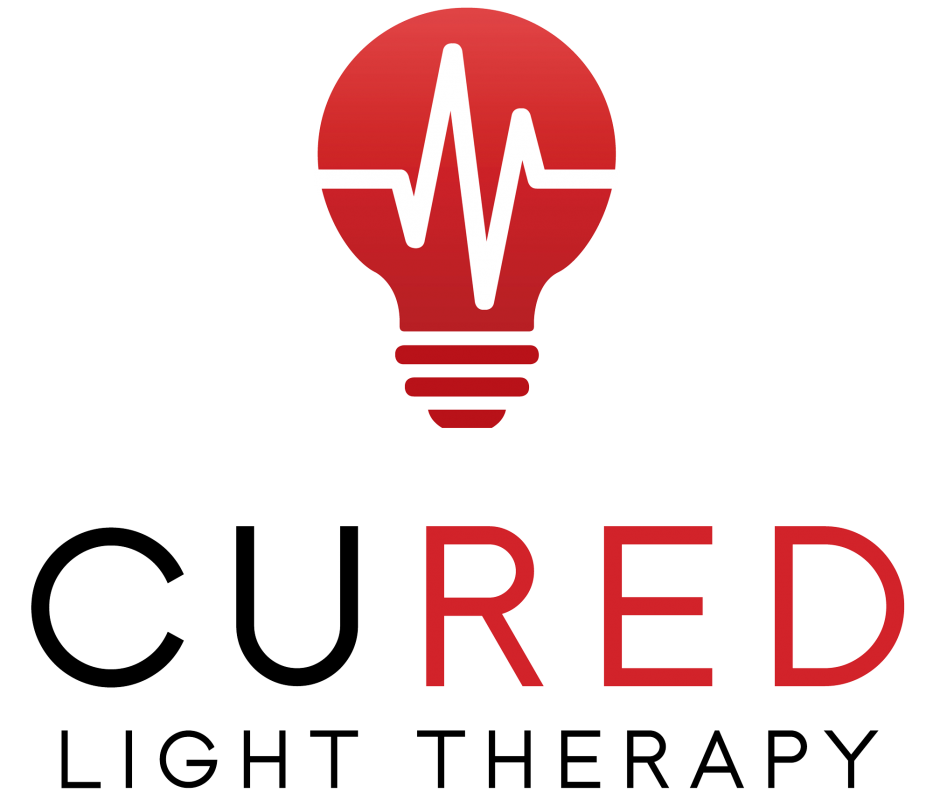Optimizing sports performance and muscle recovery is maximizing the body’s natural healing processes to achieve your best possible fitness and to improve your training or health. How well you perform in sports is a result of how you live your life, how you train, how you eat, drink and sleep – not just how much weight you lift.
Red Light Therapy can also give an extra boost in sports and performance. There are many studies showing very beneficial benefits in muscle size, strength, time to exhaustion, speed, endurance and recovery. Light therapy is being used successfully worldwide and there are now several professional sports clubs that let their athletes use red light therapy (especially in the US, which are ahead of Europe).
Red light therapy not only improves sports performance, it reduces muscle soreness and fatigue after a workout and accelerates muscle growth and recovery.
Sports performance and muscle recovery
When the U.S. track and field team went to the 2016 Rio Olympics, she brought an $181,000 red light therapy bed with her. Their coach, Alberto Salazar, swore by the power of red light therapy to revise recovery and heal injuries, allowing the athletes to train harder.
Red light therapy works directly on those myosatalite cells by stimulating their action, making muscle recovery and growth faster and more efficient (1)
top sport
Recovery and performance go hand in hand. A good balance between performance and recovery is essential for athletes to continuously perform at a high level. (2) To improve your fitness, it pays to train consistently. To get bigger, stronger and faster, you have to gradually push your body to a higher level of performance. (3) Cooling down, resting and sleeping well between workouts gives your body time to replenish its energy stores and heal muscle and tissue damage. A good recovery time will help you come back from acute pain and inflammation so you can perform better. This is why so many athletes and trainers have made recovery a top priority. If you recover better than your competitors, you can train harder and fight longer. It’s what will set you apart from the competition.
Recovery benefits for everyone
What applies to athletes, trainers and professionals certainly also works for busy parents, young people, sports enthusiasts or seniors. While you may not be exercising or exercising every day, most people place high demands on their bodies every day, put them under stress, and then need to recover to continue to perform well. Everyone can benefit from paying more attention to their health and lifestyle and how it relates to their muscles, inflammation and recovery.
Scientific research: sports performance and Red Light Therapy
Scientific research has shown how Red Light Therapy actually enhances the benefits of exercise by increasing muscle growth and fat loss. Red Light Therapy can improvemuscle performance by promoting muscle recovery.
Research also shows that RLT is effective in:
- Preventing muscle fatigue
- Reducing inflammation in the body
- Improving muscle strength and endurance
- Increasing response to exercise fat loss
- Increasing response of muscle growth to exercise
- Promotes faster recovery after exercise
- Accelerates healing in muscle injury(4)
Studies:
In a 2014 study on healthy young men, researchers showed the effects of red light therapy immediately after strength training. They concluded less muscle soreness, better flexibility and less strength loss than the group that did not receive light therapy (5).
Research from 2016 studies increasing exercise capacity and muscle performance with RLT use. The group that received the light therapy 30 seconds before exercise had significantly lower levels of creatine kinase and lactate dehydrogenase — both markers of muscle damage — suggesting that the light therapy reduced the level of muscle damage.” (6)
In a 2014 article, researchers had a group of healthy men use red light therapy before exercise, and concluded less muscle damage, faster recovery, and less stiffness/”delayed muscle soreness.” (7).
Another study also showed that light therapy immediately after exercise reduced muscle fatigue (8).
Also studies in postmenopausal women showed that red light therapy reduces muscle fatigue after exercise and results in more muscle strength, and less muscle soreness (9).
Red Light Therapy Benefits For Muscle Recovery
Red light therapy after training, as part of your exercise routine with the aim of speeding up the recovery process by accelerating your muscle adaptation to training. (10) RLT after exercise also helps the body deal with acute inflammation during exercise. (11)
Near infrared light in the wavelength of 850nm is ideal for sports performance because it penetrates deeper into the body, while red light at 660nm does less. Above 900 nm, such as infrared saunas, for example, do not have the same effect on cell metabolism, they have the function of generating heat for sweating and relaxation.
Improving sports performance through Red Light Therapy.
Pre-workout red light therapy provides a boost to support stronger muscle performance. Light therapy before training can also help you limit muscle damage and stiffness, which can positively affect performance by fighting inflammation and pain. It shortens the recovery time.
Red light therapy clearly gives an advantage to the body. Although this is a completely natural process that allows the body to function more efficiently by feeding the cells with the right light waves, the question is whether PPE should be allowed in athletic competitions by international regulatory authorities, because of the benefits it provides. on the body. (12) Of course this is allowed in sports competitions and a completely natural process, but it raises interesting issues and shows that the sports world is also aware of the benefits of red light therapy on the body.
Sources:
(1) Low-level laser therapy contributes to muscle recovery and prevents fibrosis in the rat tibial anterior muscle after cryolesion
https://pubmed.ncbi.nlm.nih.gov/22898787/
(2) Recovery and Performance in Sports: Consensus Statement
https://pubmed.ncbi.nlm.nih.gov/29345524/
(3) American College of Sports Medicine- Amount and Quality of Exercise for the Development and Maintenance of Cardiorespiratory, Musculoskeletal, and Neuromotor Fitness in Apparently Healthy Adults: Guidelines for Prescribing Exercise
https://pubmed.ncbi.nlm.nih.gov/21694556/
(4) Low-level laser (light) therapy (LLLT) on muscle tissue: performance, fatigue and recovery benefit from the power of light
https://pubmed.ncbi.nlm.nih.gov/23626925/
(5) Light-emitting diode phototherapy improves muscle recovery after a harmful workout
https://pubmed.ncbi.nlm.nih.gov/24258312/
(6) Low-level phototherapy to improve exercise capacity and muscle performance: a systematic review and meta-analysis
https://pubmed.ncbi.nlm.nih.gov/27272746/
(7) Effect of Phototherapy on Delayed Muscle Soreness
https://pubmed.ncbi.nlm.nih.gov/16875447/
(8) Effect of low-level 655-nm laser therapy on exercise-induced skeletal muscle fatigue in humans
https://pubmed.ncbi.nlm.nih.gov/18817474/
(9) Phototherapy during treadmill training improves quadriceps performance in postmenopausal women
https://pubmed.ncbi.nlm.nih.gov/23895414/
(10) Low-level laser (light) therapy (LLLT) on muscle tissue: performance, fatigue and recovery benefit from the power of light
https://pubmed.ncbi.nlm.nih.gov/23626925/
(11) Mechanisms and Applications of the Anti-Inflammatory Effects of Photobiomodulation
https://pubmed.ncbi.nlm.nih.gov/28748217/
(12) Fotobiomodulatie in menselijk spierweefsel: een voordeel bij sportprestaties?
https://pubmed.ncbi.nlm.nih.gov/27874264/



